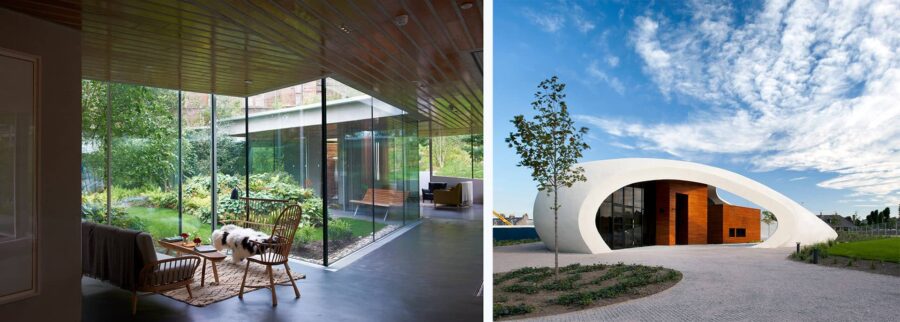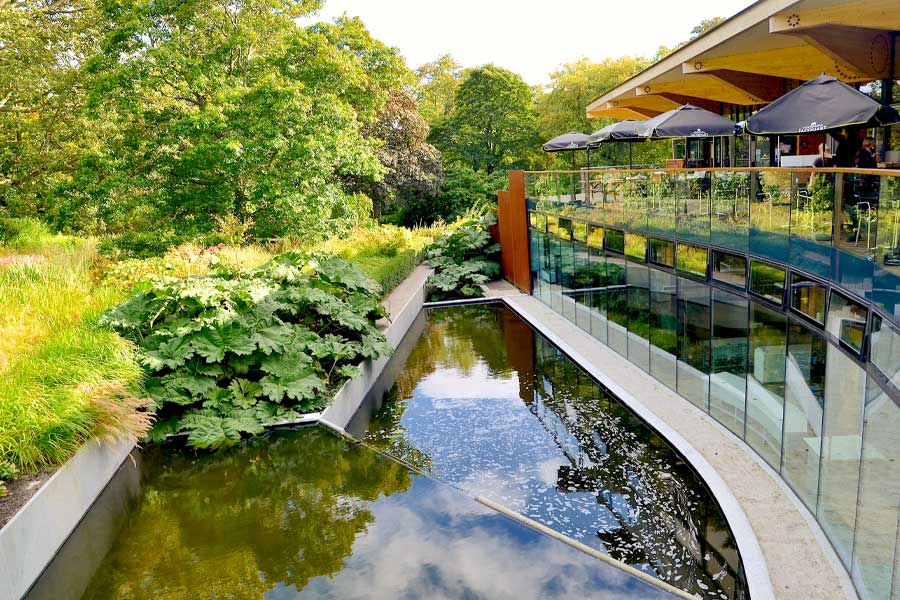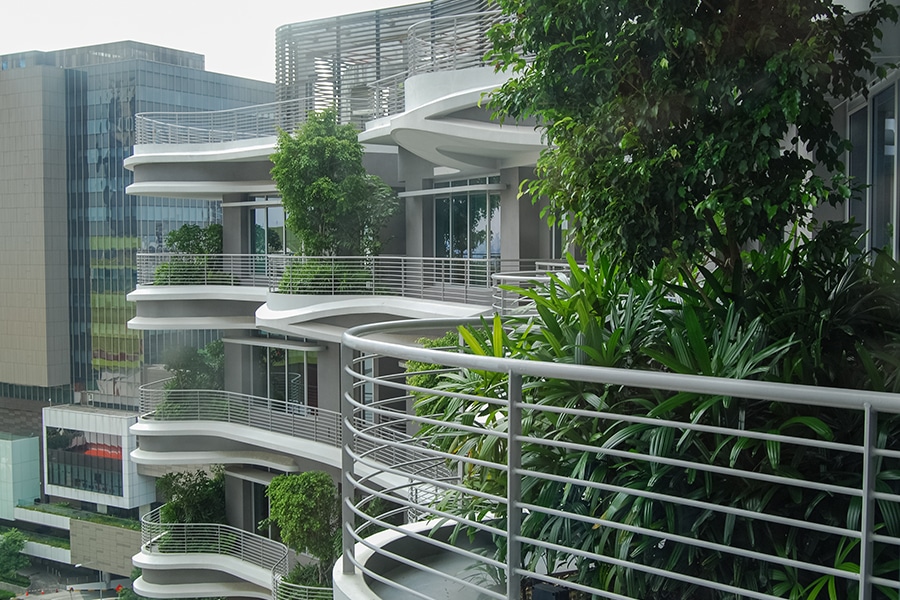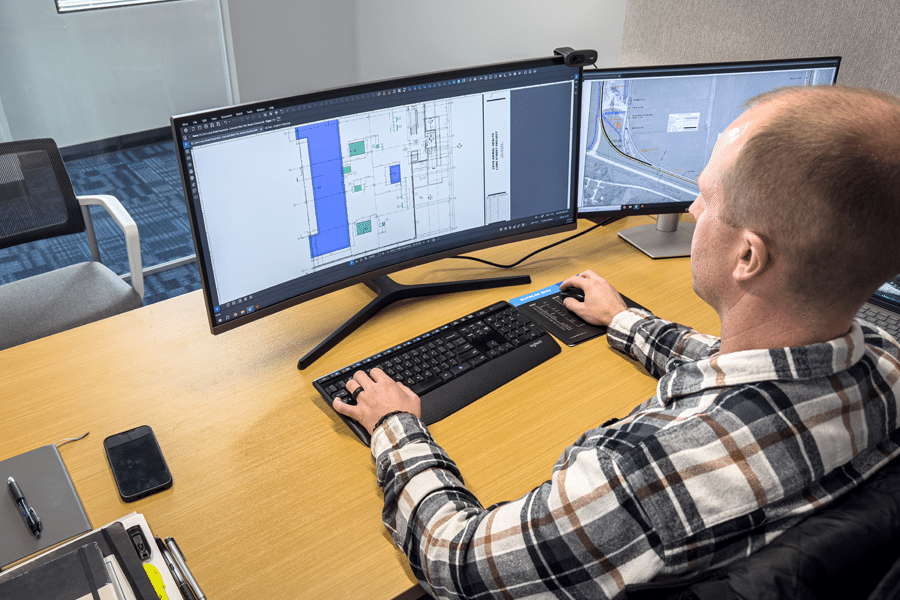It doesn’t take an advanced education to appreciate that the more pleasant one’s surroundings, the better one is likely to feel. Keep a large animal in a small enclosure and it will soon become lacklustre, miserable and depressed, its enthusiasm for living diminished; allow it to roam, climb, fly freely, swim, browse or hunt, and it will flourish.
It’s the same with human beings. Living in cramped conditions, with little natural light or ventilation, will sink a person’s spirits and ultimately impact their physical and mental health. One only needs to read about the conversion of certain warehouses or offices into blocks of apartments to realise the unsuitability of such buildings as places where people would expect to be able to live a healthy life.
Similarly, working in an office or factory where space is limited, natural light is scarce or good ventilation absent will not be conducive to good health, never mind the impact on productivity.
Taking care of one’s mental and physical well-being is an accepted part of living nowadays, and designing and delivering buildings that actively promote the welfare of occupiers is the goal of a growing number of architects and developers.
Healing and Wellness Architecture
This approach is not limited to homes and workplaces; hospital patients benefit from being treated in space that is designed to respond to the stresses of being ill or during recuperation from a surgical or other procedure.
Schools can also get the best out of pupils if the buildings are designed to be more in harmony with their students and use a high proportion of natural materials in their construction, often labelled biophilic architecture.
What Is Wellness Architecture?
According to the Global Wellness Institute, “wellness architecture” is the practice of architecture “that relies on the art and science of designing built environments with socially conscious systems and materials to promote the harmonious balance between physical, emotional, cognitive and spiritual well-being while regenerating the natural environment.”
Human health, well-being and comfort, the institute goes on, “are key design considerations that augment a foundation rooted in sustainable and regenerative design practices.”
What Is Healing Architecture?
The institute also highlights “healing architecture,” which it says, “focuses on minimising health hazards by implementing design strategies that increase industrial hygiene, air filtration, water sanitation and so on.”
The WELL Building Standard
The construction industry has embraced the concept of wellness architecture through programmes such as the WELL building standard, driven in part by demand from office tenants whose staff are increasingly calling the shots when it comes to the sort of accommodation they want to work in.
The people behind the WELL standard argue that companies have an opportunity to create and foster a culture of health, “one where employees and customers feel genuinely cared for, motivated, supported and able to perform their best. People in these environments bring good vibes and healthy habits home with them, creating stronger relationships and communities.”
According to Nili Portugali, an architect and lecturer at the Bezalel Academy of Arts & Design Architectural Department, Jerusalem, “the real challenge of current architectural practice is to make the best use of the potential inherent in the modern technological age we live in, while fulfilling the timeless needs common to us all as human beings—needs that modern architecture in general has knowingly denied for the past 60 years, in order to create a friendly and human environment.”
Beyond filigree-free architectural types such as modernism and brutalism—both of which have their fervent advocates—the argument that a “friendly and human environment” is better for us is hard to dispute. One’s quality of life can be improved by spending time in space, which is designed to create a sense of well-being.
The Holistic Surroundings of Wellness Architecture
As mentioned above, healthy architecture can play a vital role when one is undergoing life-supporting medical treatment. Take the Maggie’s Centre network, which provides care for cancer sufferers.
Founded by Maggie Keswick Jencks, herself a cancer sufferer, more than 30 Maggie’s Centres are located near hospitals across the U.K., providing a range of support services for those with cancer and their families. Crucially, they do this in buildings that are specifically designed from a healing architecture perspective, to help alleviate the stress of undergoing treatment.
As the centre’s architectural brief puts it: “These places should look as if they are acknowledging what people are going through, saluting the magnitude of the challenge they are facing and themselves rising to the challenge of trying to help. [The centres] should be beautiful.”
The brief adds that Maggie’s Centre buildings must be able to coax people out of their feeling of isolation and to help them feel less locked in. “We need spaces that make it easy for people to talk to each other and to feel less alone. We need to think about the degree to which people want to be private, to offer them corners to tuck up in with a book, but also places where they can sit and watch, but not necessarily join in.”

Exterior Photo: Maggie’s Centre beautifully designed in Aberdeen
Architects who have designed Maggie’s Centres include Frank Gehry, Zaha Hadid and Rogers Stirk Harbour + Partners, whose design for one of the organisation’s centres, adjacent to Charing Cross Hospital in west London, won the prestigious Stirling Prize in 2009.
Maggie’s Centres have been in the vanguard of developing buildings from healing and wellness architecture that create a sense of calm and well-being for their occupants. With more awareness around the benefits of healthy built environments, we are likely to see many others follow their lead.
















